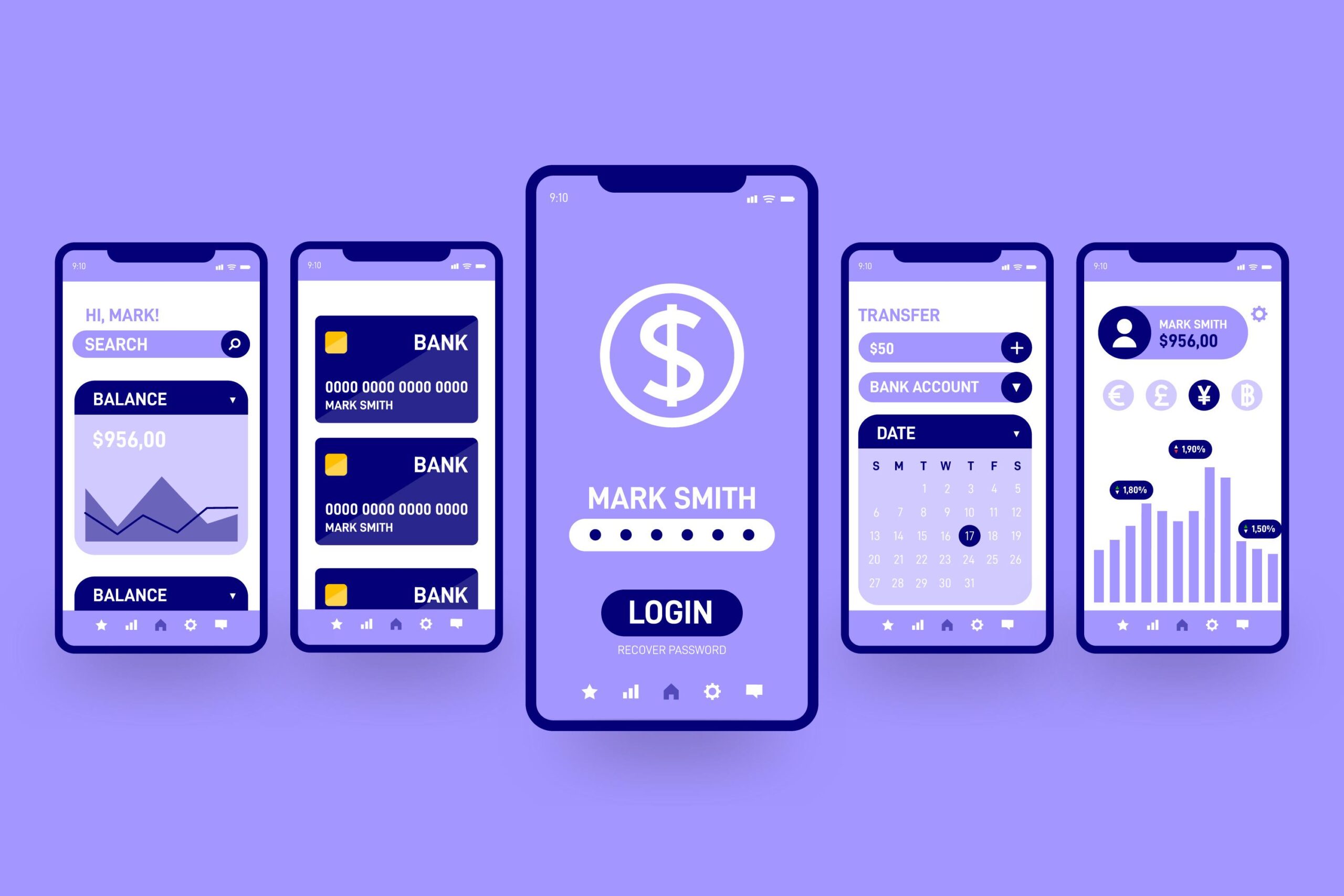Cash App Clone Development Guide: Build Your Own Peer-to-Peer Payment App

In recent years, peer-to-peer (P2P) payment apps have transformed how individuals and businesses exchange money. Among them, Cash App has emerged as a popular solution for seamless digital transactions. For entrepreneurs and startups looking to enter the digital payments space, building a Cash App clone offers a significant opportunity. This article will guide you through the process of creating a Cash App clone, from key features to tech stack, development process, cost, and more.
What is a Cash App Clone?
A Cash App clone is a ready-made or custom-built peer-to-peer (P2P) mobile payment app that replicates the core functionalities of Cash App. It allows users to send, receive, and store money directly through their smartphones. It typically includes wallet integration, bank account linking, instant transfers, and payment history tracking.
Creating a Cash App clone doesn’t mean copying the app but replicating the functionality while branding and customizing the user experience to fit your business goals.
Why Invest in a Cash App Clone?
The demand for digital payment solutions continues to rise, with billions of dollars exchanged through mobile wallets annually. Here are a few reasons to consider developing your own peer-to-peer payment app:
- Growing Market: The global mobile payment market is expected to reach trillions in transaction value in the coming years.
- User Convenience: Users prefer instant payments and easy money transfers, which P2P apps provide.
- Revenue Opportunities: Monetization through transaction fees, premium services, and financial tools.
- Brand Identity: A custom Cash App clone allows your business to maintain full branding and design flexibility.
Core Features to Include in a Cash App Clone
To ensure your P2P app matches market expectations, include these essential features:
1. User Registration and Verification
Enable users to sign up quickly using email, phone number, or social media and verify their identity through KYC for security and compliance.
2. Bank Account and Card Linking
Allow users to link their debit/credit cards or bank accounts for seamless fund transfers and top-ups.
3. Digital Wallet
A secure wallet system to hold money, make payments, and withdraw funds as needed.
4. Send and Receive Money
One of the main features of a Cash App clone is the ability to send and receive money instantly using phone numbers, QR codes, or usernames.
5. Transaction History
Provide users with access to detailed records of their payment activities, including dates, amounts, and recipients.
6. Push Notifications
Keep users updated about successful transactions, offers, or account-related alerts.
7. Security Features
Implement two-factor authentication (2FA), encryption, and biometric login to ensure user data and transactions remain secure.
8. Admin Panel
An intuitive admin dashboard to monitor transactions, manage users, and configure fees or compliance settings.
9. Optional Features
You can also add features like cryptocurrency support, bill payments, referral programs, and stock or investment tools to make your app more appealing.
Tech Stack for Cash App Clone Development
Selecting the right tech stack is critical to ensuring performance, scalability, and security.
Frontend:
- Mobile: Flutter, React Native, Swift (iOS), Kotlin (Android)
- Web Interface (Optional): React.js, Vue.js
Backend:
- Programming Languages: Node.js, Python, Ruby on Rails
- Database: PostgreSQL, MongoDB
- Cloud Storage: AWS, Google Cloud
- Authentication & Security: OAuth 2.0, JWT, SSL Encryption
APIs & Integrations:
- Payment Gateways: Stripe, PayPal, Braintree
- SMS/Email: Twilio, SendGrid
- KYC/AML Verification: Onfido, Jumio
- Real-time Notifications: Firebase, OneSignal
Steps to Build a Cash App Clone
Here’s a step-by-step guide to help you through the Cash App clone development process:
Step 1: Market Research and Compliance
Start with a thorough analysis of your target market. Understand the regulatory framework of your region, including compliance with KYC, AML, and data protection laws.
Step 2: Define Features and Functionality
Identify what core features your app will include. Decide whether you want a basic version like Cash App or plan to add value-added services.
Step 3: UI/UX Design
Create user-centric interfaces with easy navigation and accessibility in mind. Design wireframes and prototypes to test user flow.
Step 4: Development
Begin the actual coding process using the selected tech stack. Use agile methodology to build the app in stages with regular feedback and testing.
Step 5: Integration
Integrate third-party APIs for payments, KYC verification, and notifications. Ensure all integrations are secure and compliant.
Step 6: Testing and QA
Thoroughly test your Cash App clone for bugs, speed, functionality, and security vulnerabilities. Use both manual and automated testing methods.
Step 7: Deployment
Launch your app on app stores and ensure server configuration is secure. Prepare for user onboarding with proper documentation and support.
Step 8: Post-Launch Support and Updates
Maintain the app with regular updates, bug fixes, and feature enhancements. Monitor feedback to improve the user experience.
Cost to Develop a Cash App Clone
The cost to build a Cash App clone depends on several factors:
- Feature complexity
- Technology stack
- Platform (iOS, Android, or both)
- Development team location
- Third-party integrations
On average, the development cost ranges between $10,000 to $30,000 or more. Using a readymade Cash App clone script can reduce time and cost significantly, especially for MVPs.
Tips for a Successful Cash App Clone
- Focus on Security: P2P apps deal with sensitive financial data; prioritize data encryption, authentication, and fraud detection.
- Ensure Compliance: Be prepared to meet financial regulations in each market you operate.
- Scalability: Build your app with scalability in mind to handle a growing user base.
- User Support: Offer live chat or support ticket systems to resolve user issues swiftly.
Conclusion
Building a Cash App clone can position your business at the forefront of the digital payment revolution. With the right strategy, technology, and development partner, you can launch a secure and user-friendly peer-to-peer payment app tailored to your market. Whether you’re a startup or an enterprise, the opportunity to grow in the fintech space with a custom Cash App clone is immense.
Frequently Asked Questions (FAQs)
1. How long does it take to develop a Cash App clone?
Development can take anywhere from 3 to 6 months depending on the complexity and features required.
2. Can I customize the design and branding of a Cash App clone?
Yes, you can fully customize the design, layout, and branding to suit your business needs.
3. Is it legal to build a Cash App clone?
Yes, as long as you don’t copy the exact intellectual property (UI, name, branding) and ensure regulatory compliance, it is legal to develop a P2P app with similar features.
4. How do Cash App clones make money?
You can monetize through transaction fees, premium features, advertisements, or investment tools.
5. Do I need a license to launch a Cash App clone?
In most regions, you’ll need licenses related to financial services, KYC, and data protection. Consulting a legal advisor is recommended.



